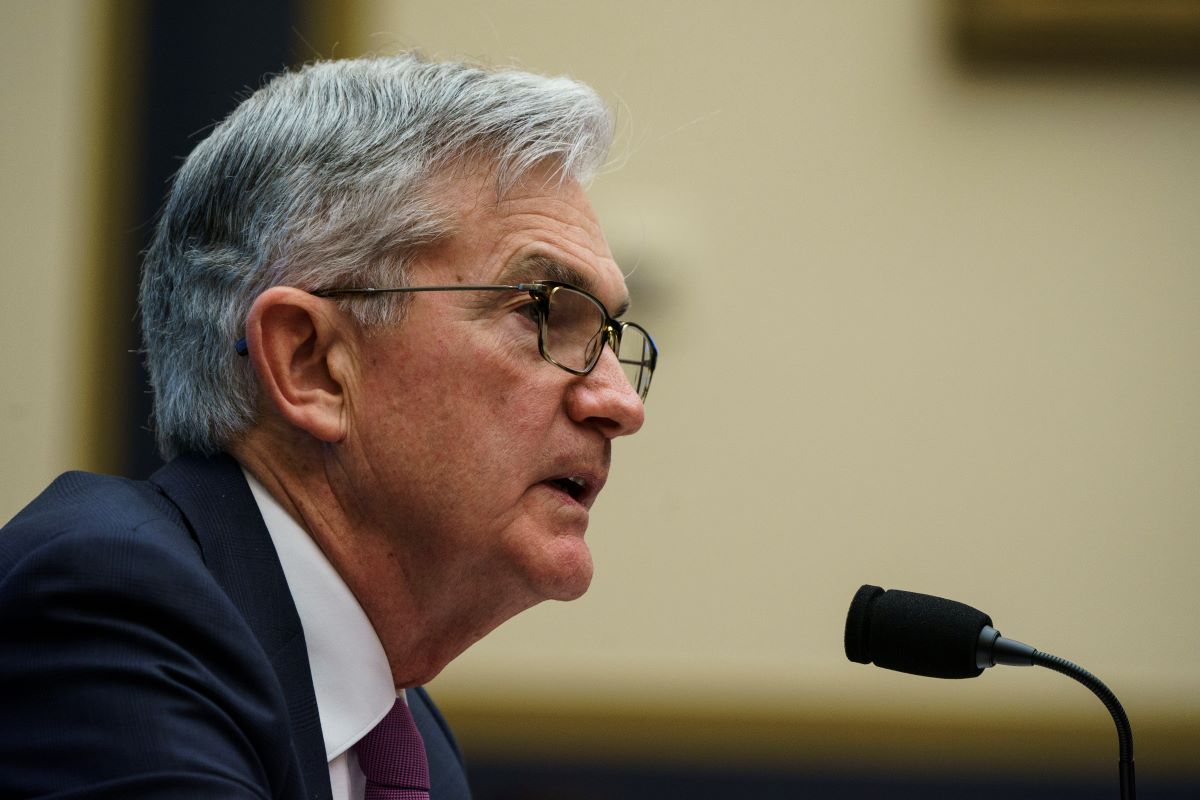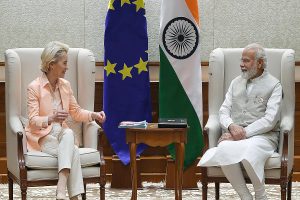The US Federal Reserve chairman Jerome Powell’s current stance on interest rates reflects a prudent approach to economic policy. As inflation shows signs of easing, the Fed is exercising caution before making any hasty decisions on rate cuts. This measured approach is vital for maintaining economic stability and ensuring that the gains made in recent years are not prematurely undone. Mr Powell’s remarks at Portugal underscore the complexity of the Fed’s mandate to balance inflation and employment. While data for May indicated no increase in the Fed’s preferred measure of inflation, and a reduction in the 12-month rate to 2.6 per cent, it remains above the 2 per cent target.
This cautious optimism is tempered by the understanding that these figures need to be consistent and indicative of underlying trends before any policy shifts can be confidently made. The strength of the US economy affords the Fed the luxury of time. This is crucial in a period marked by both global and domestic uncertainties. Mr Powell’s assertion that the economy’s robustness allows for a careful approach to rate cuts highlights a strategic patience. The central bank is well aware of the risks of moving too quickly, which could jeopardise the economic expansion and potentially trigger a recession. One of the more nuanced aspects of Mr Powell’s statement is the acknowledgment of the “two-sided risks” in the current economic environment.
Advertisement
On one hand, there is the risk of inflation not being fully under control, and on the other, the risk of increasing unemployment if policy remains too tight for too long. This delicate balance is at the heart of the current deliberations. The Fed’s cautious stance is also a response to the intricate dynamics of the labour market. While some measures suggest the job market is strong, the potential for tradeoffs between further inflation control and rising unemployment cannot be ignored. Mr Powell’s comments suggest that the Fed is acutely aware of these dynamics and is striving to avoid the pitfalls of premature policy adjustments that could harm employment levels.
Investors and policymakers alike are keenly watching the upcoming employment and inflation reports. These will play a crucial role in shaping the Fed’s decisions in the coming months. The anticipation of a rate cut in September is a reflection of the market’s sensitivity to the Fed’s signals. However, Mr Powell’s emphasis on patience indicates that the Fed is not driven by market expectations but by a thorough analysis of economic indicators. The timing of the first rate cut, whenever it may be, will send a significant signal to the market. It is not merely about easing borrowing costs but about starting a cycle that will bring rates to a level conducive to sustained economic growth. The Fed’s aim is to reach a neutral stance where monetary policy neither stimulates nor restricts economic activity excessively











